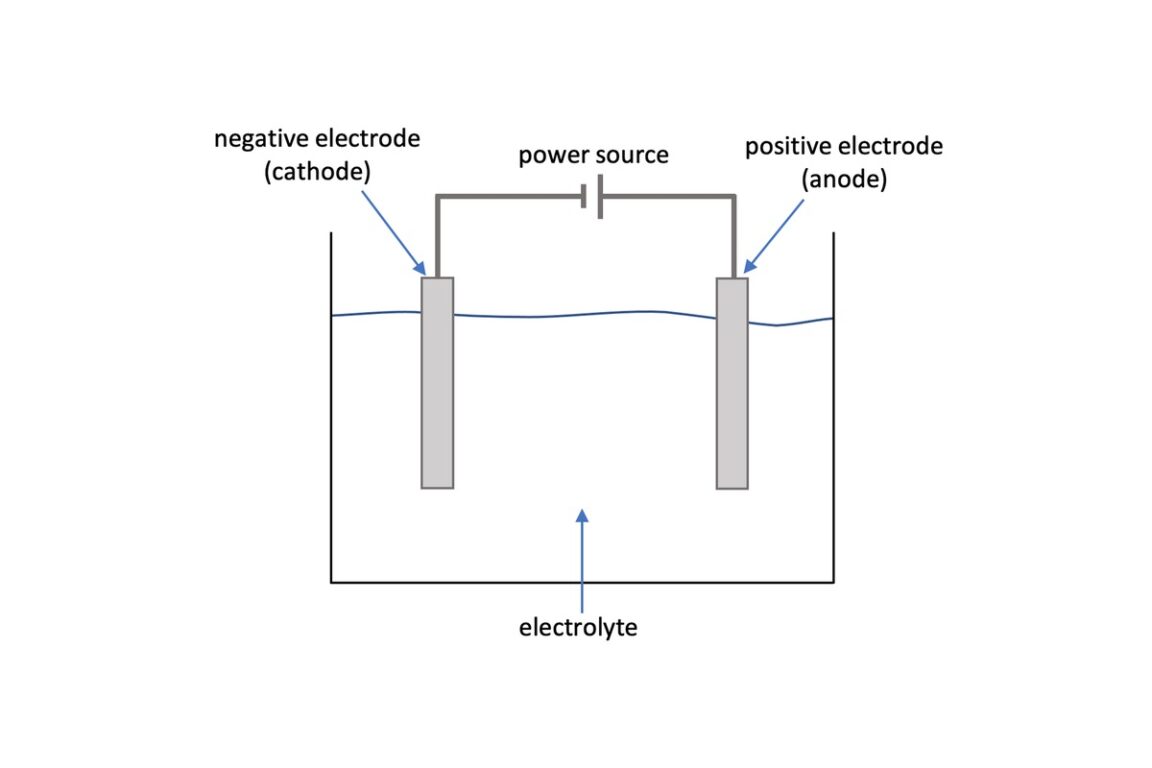Introduction
Negative Electrodes – Nothing is designated as a negative or positive electrode in an Electrochemical Cell. Instead, there is an Anode, and there is a cathode. These two terms determine the direction of current INSIDE the cell — from Anode to Cathode. The terms Negative and Positive apply to the two terminals locatse on the cell’s casing, base on where current exits the cell and enters the cell.
The term lithium-ion was coins to differentiate itself from lithium-metal batteries. Lithium-ion cells don’t use metallic negative electrodes, whereas lithium-metal do. The great advantage of lithium-ion batteries is their acceptable safety and relatively high capacity (compares to other types of batteries, such as alkaline, silver oxide, lead-acid, etc.). Most massive-produce Li-ion batteries use graphite as anode material.
How Many Types Of Negative Electrodes?
Ongoing with the topics of knowledge of the components and elements of Resistance Welding. We consider they will be helpful for your decision-making or even for the training of your collaborators. Today, we want to address an essential component in our welding processes: the electrodes and their different types.
Group Of Electrodes By Type Of Coating
This classification is widely use since it is international, and you will find it easily identifiable since colors visually give it, so let’s see the main types:
Cellulosic Electrodes
As their name indicates, they have a high cellulose content, giving your welding processes a high penetration level, rapid solidification, elasticity, flexibility, and good resistance.
Rutile Electrodes
Compose of Titanium Oxide (Rutilus), they have a good level of resistance, but their penetration is medium to low, so they are unsuitable if you require a type of welding with solid metals. Despite this, they stand out for providing easy handling and a perfect finish since their residues are easily remove or by themselves.
Mineral Electrodes
It will Coating with Manganese and Iron Oxides, you will find in them good penetration, excellent mechanical properties, and, best of all, a high deposition and cleaning speed, making them perfect for mass manufacturing processes and the most suitable for descending vertical welds.
Bare Or Low Hydrogen Electrodes
These electrodes are named in this way due to the absolute absence of moisture, which will provide one of the highest welding qualities, providing a very high level of flexibility, maximum resistance in deposits, and even more excellent resistance to low impacts. Temperatures. In addition, they also contain Calcium Carbonate, which causes a slag-absorbing reaction and neutralization for Sulfur impurities, as well as Fluorite, which neutralizes pollutants from Phosphorus and acids, making them perfect for solid constructions.
Powdered Iron Electrodes
As its name indicates, the iron powder in its coating will provide you with increased performance and flexibility, making them perfect if your industry has semi-automatic processes.
What Is Welding An Electrodes?
We use the electrodes in welding work to transport the electric current we will apply to the piece we are manipulating to achieve the union of two elements. But before talking in depth about welding electrodes, we must introduce the two most reputable institutions in the welding sector:
- American Welding Society (AWS)
- American Society Mechanical (ASME)
They have been and are the bodies that establish the standards that govern the classification of electrodes for electric welding. However, due to the significant number of electrodes, choosing the right ones for each project will depend on important factors, such as the welding machine we use, its electrical power, or the material we are working on.
Conclusion
A positive electrode has a deficiency of electrons, so it will positively charge. Electrode and material go hand in hand, and due to this determining link, the correct choice of electrodes for welding will be inevitably conditioned by the chemical characteristics of the material to be handled.


